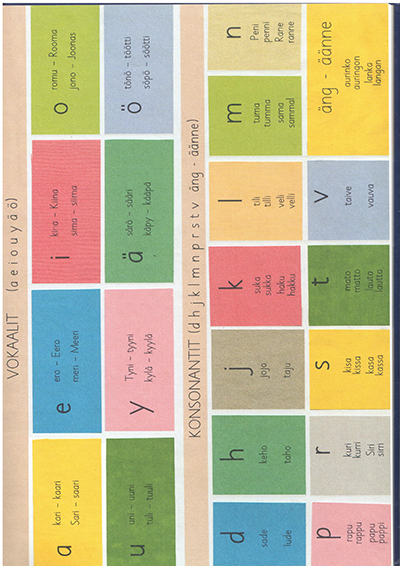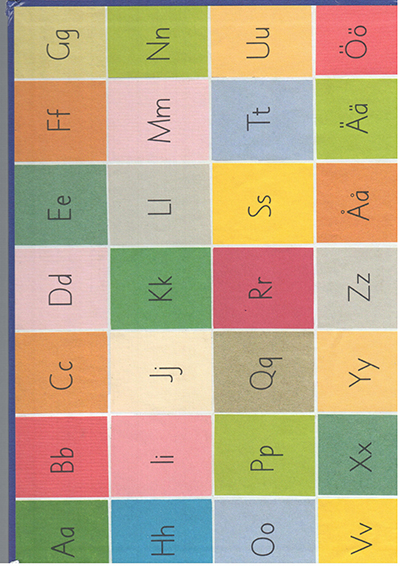| Sorted by date | |||
page190from Nordic Architects Writes
Altogether, environments and buildings do
not only serve practical and utilitarian purposes; they also structure our
understanding of the world. “[The house] is an instrument with which to
confront the cosmos”, as Gaston Bachelard states.3 The abstract and indefinable
notion of cosmos is always present and represented in our immediate landscape. Every
landscape and every building is a condensed world, a microcosmic representation.
Architecture and memory
We all remember the way architectural
images were utilized as mnemonic devices by the orators of antiquity. Actual
architectural structures, as well as mere remembered architectural images and
metaphors serve as significant memory devices in three different way: first,
they materialize and preserve the course of time and make it visible; second,
they concretize remembrance by containing and projecting memories; and, third,
they stimulate and inspire us to reminisce and imagine. Memory and fantasy,
recollection and imagination are related and they have always a situational and
specific content. One who cannot remember can hardly imagine, because memory is
the soil of imagination. Memory is also the ground of self-identity; we are
what we remember.
Buildings
are storage houses and museums of time and silence. Architectural structures
have the capacity of transforming, speeding up, slowing down and halting time. They
can also create and protect silence following Kierkegaard’s request: “Create
silence!”4 In the view of Max Picard, the philosopher of silence: “Nothing has
changed the nature of man so much as the loss of silence.”5 “Silence no longer
exists as a world, but only in fragments, as the remains of a world.”6
Architecture has to preserve the memory of the world of silence and to protect
the existing fragments of this fundamental ontological state. As we enter a
Romanesque monastery we can still experience the benevolent silence of the
universe.
There
are, of course, particular building types, such as memorials, tombs and museums
that are deliberately conceived and built for the purpose of preserving and
evoking memories and specific emotions; buildings can maintain feelings of
grief and ecstasy, melancholy and joy, as well as fear and hope. All buildings
maintain our perception of temporal duration and depth, and they record and
suggest cultural and human narratives. We cannot conceive or remember time as a
mere physical dimension; we can only grasp time through its actualizations; the
traces, places and events of temporal occurrence. Joseph Brodsky points out
another deficiency of human memory as he writes about the composite images of
cities in human memory and finds these cities always empty: “[The city of
memory] is empty because for an imagination it is easier to conjure
architecture than human beings.”7 Is this the inherent reason why we architects
tend to think of architecture more in terms of its material existence than the
life and human situations that take place in the spaces we have designed?
Architectural
structures facilitate memory; our understanding of the depth of time would be
decisively weaker, for instance, without the image of the pyramids in our
minds. The mere image of a pyramid marks and concretizes time. We also
|
|||
|
|||
|
|
 ... ...
... ... ... ...
... ... ... ...
... ... ... ...
... ... ... ...
... ... ... ...
... ... ... ...
... ... ... ...
... ... ... ...
... ... ... ...
... ... ... ...
... ... ... ...
... ... ... ...
... ... ... ...
... ... ... ...
... ...